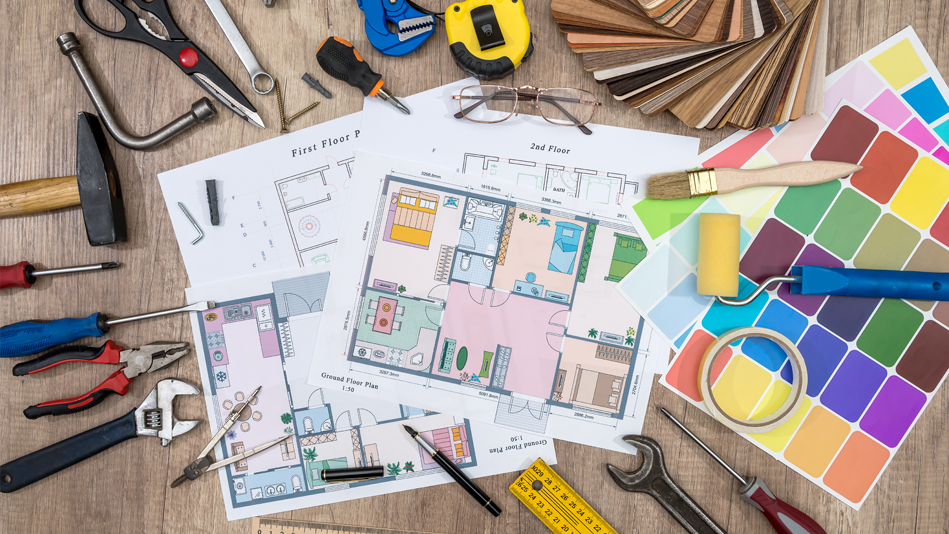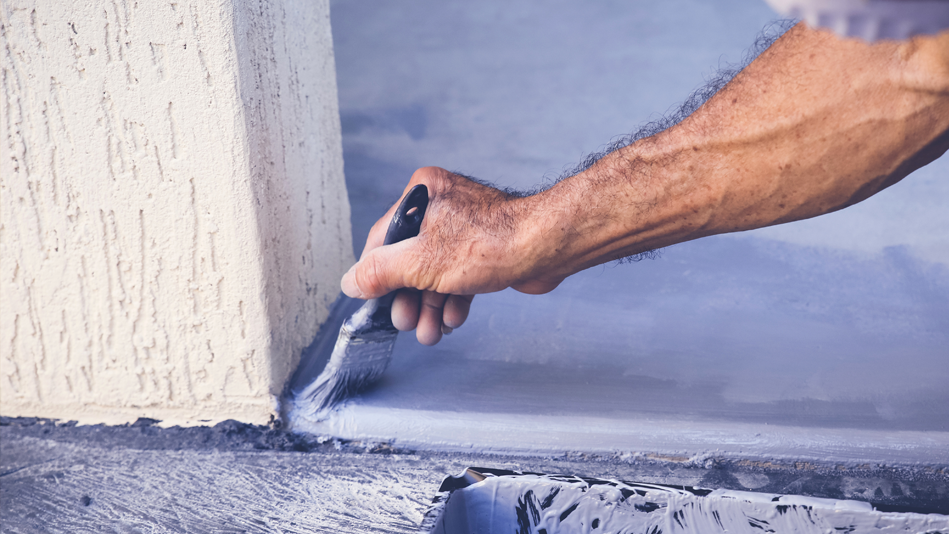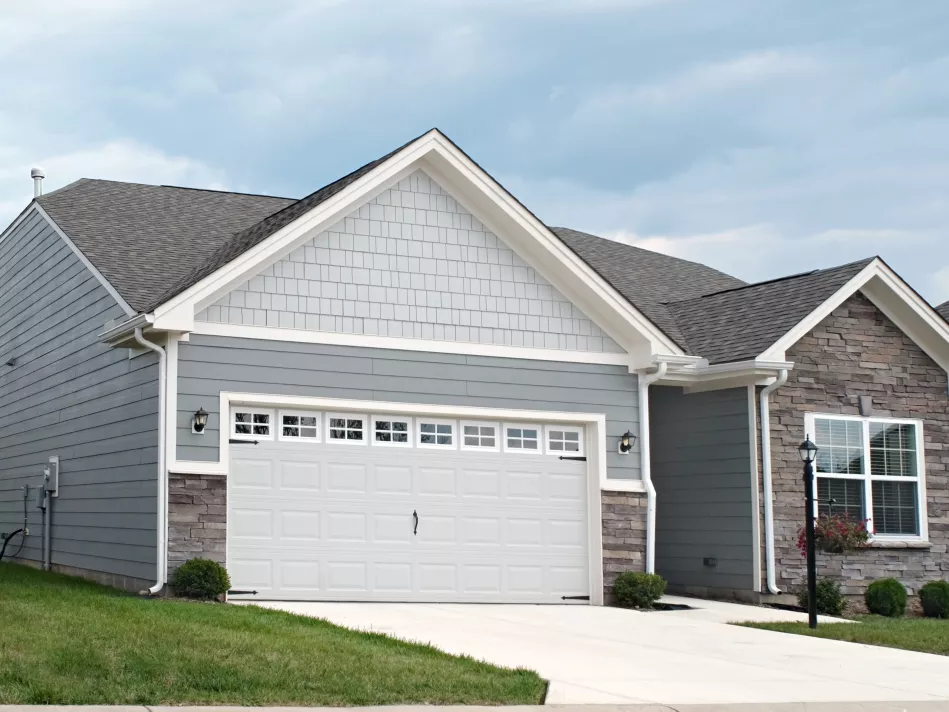You’re buying a house – how exciting! Before you officially make this property your home, cover your bases with these pre-moving day considerations.
Tackle these before closing day
The house is so close to being yours you can almost taste it, but make sure you’ve checked these off the list before you sit down at the closing table.
Confirm your upgrades
Check with your builder that all upgrades have been added to the build, and that all materials match what you have in writing (This can be a lot to track, but writing it down now beats trying to remember later).

Get a third party inspection
Bring your own inspector to take you through the house and note everything that still needs to be made functional and ready for use before closing.
Schedule a pre-occupancy orientation
Your home will likely come with the latest features. Set up a time for you and your builder to walk through every room and hallway to make sure you know the following:
- Where everything is located (appliances, manuals, buttons, safety mechanisms)
- How to use everything
- All entrances and exits
Create a list of any touch-ups that should be done before you move in, and make sure their completion before closing is included in your documentation!

Pro Tip: Ask your builder about anything that may be unique to your neighborhood (landscaping, community/local trails, etc.). If there is a homeowners association (HOA), have them introduce you to the HOA president to discuss expectations of living in the neighborhood.
Make a before, during, and after moving to-do list
Breaking move-in into these three categories can make the process more manageable, ensuring you don’t overpay, let anything lapse, or spend the first night in your new home in the dark.
Before you move
As early as 90 days out, make a list of everything you’ll be transferring to the new address (or find one on the internet) for a smoother transition. Research movers, and begin downsizing (If you haven’t worn/used it in a year, it may be time to trash, donate, or sell). Take inventory of any safety devices needed for kids and pets. Update the following entities to ensure all mail and packages go to the right address.
- Post office
- Utility companies
- Cell phone, internet, and cable companies
- Websites and apps that mail or ship to your house (especially subscriptions)
If you’re not already familiar with the area, take a cruise through your new neck of the woods to find essentials, like a grocery store, gym, park, salon, etc. If you’re keeping some of the same places (e.g., school, doctor’s office), figure out your new favorite way to get there.
Pro Tip: If you’re renting relatively close to your new home, give yourself a move-in date before your lease ends. Moving can be stressful and complicated, but not having to do it all in one go can help you fill your new space in a more organized fashion.

Prevent a moving day frenzy
Whenever you move into a new place, tensions can run high, and things can feel overwhelming. Fortunately, we’ve got a few ways to help you keep things under control, like packing small suitcases with the essentials for the first week in your new home (toiletries, medications, work clothes, etc.)
Pack a moving day backpack with items like the ones below to prevent pulling over on the side of the road to find your phone charger.
- Your new and old house keys (color-coded with stickers or a dot of nail polish)
- Any important paperwork
- Scissors, room-coded stickers, duct tape, and a utility knife
- A charged battery pack with corresponding cords
- Wallet, especially cash to pay/tip movers and those watching your kids and/or pets while you move
- Snacks to prevent mid-move hunger

Don’t customize too soon
Though a new construction home is largely a blank canvas for your personal touch, it can help to wait until you’ve been in your home for a month before beginning any big projects or changes.
Aside from utilizing furniture and other items that you’ve repurposed for use in your new home, actually seeing how you live in your new space will help you know which changes should come first. You may spend time in rooms differently than you anticipated, even if the layout and features are similar to your past residence.
In order to pace customizations (You just moved – it’s a big deal!) consider the time-to-complete and long-term impact of the following, as well as your HOA’s guidelines, if needed:
- Make the backyard cookout friendly, or add a pool?
- Add kitchen storage, or upgrade a bathroom?
- Make the garage an added living space, or do something with the bonus room?
Once you’ve gotten used to your new address and figured out what works for your household, you’ll have a better idea of the practical adjustments that will make your house feel even more like home.
What has been your favorite way to customize your new construction home? Let us know on Instagram or Facebook!

